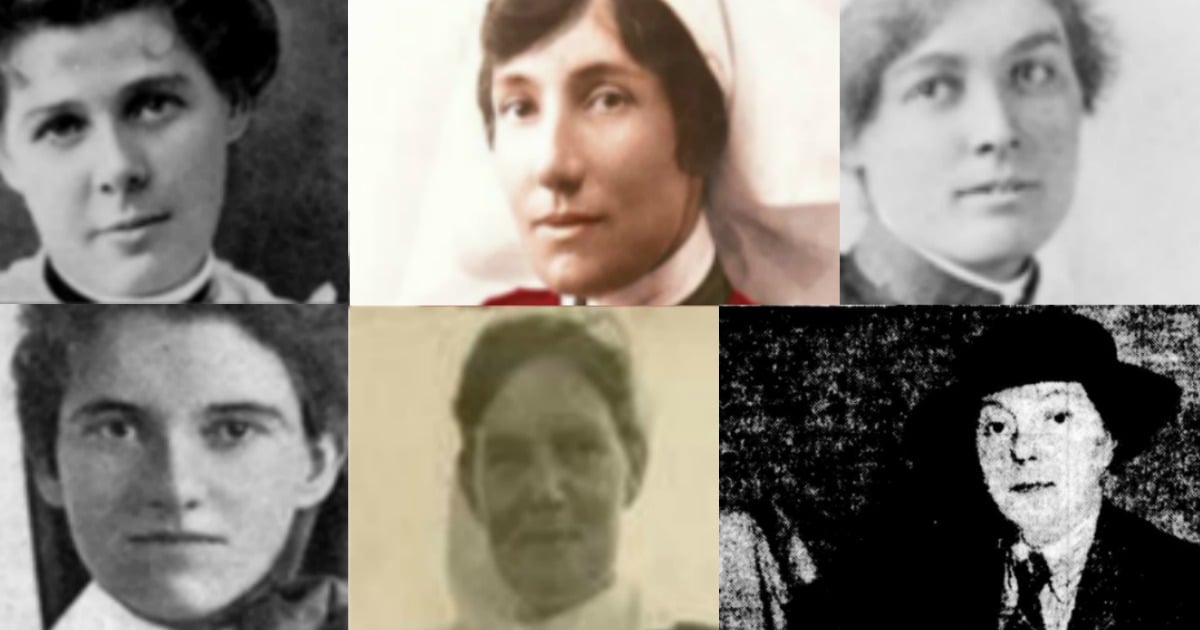
These are the unsung female heroes of the First World War. They are the names we should never forget.
The ANZAC legend largely focuses on the bravery of the soldiers on the front line, the men who risked life and limb, and the thousands that died at Gallipoli in 1915. But there were also many women who made enormous contributions to our battle in the First World War.
Here are just some of the remarkable, courageous and inspirational women who should be remembered for that contribution today, and every day.
Listen to Mamamia’s daily news podcast The Quicky on the people we should remember this ANZAC Day. Post continues after audio.
Pearl Corkhill
(11 March 1887 – 4 December 1985)


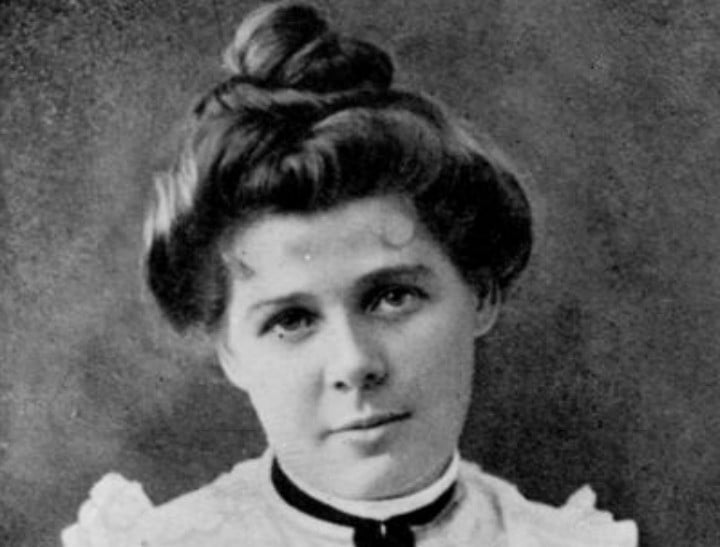
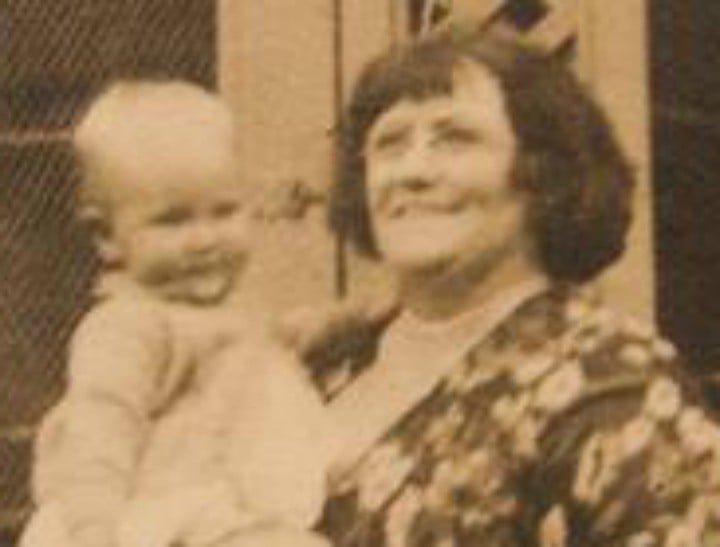

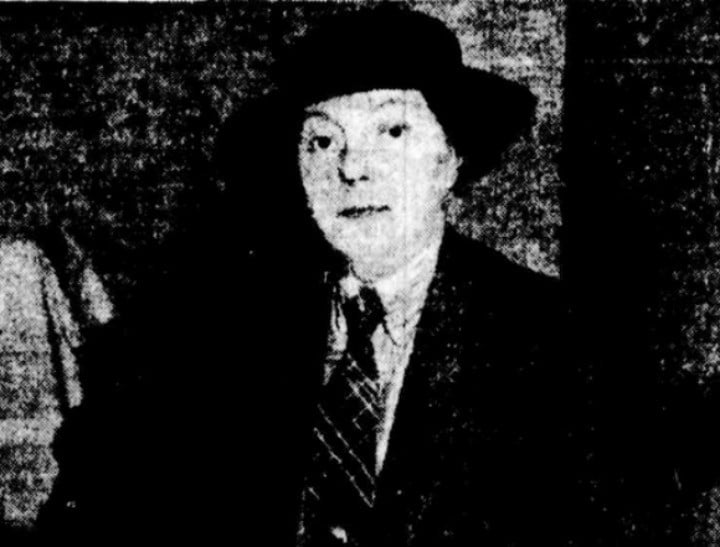
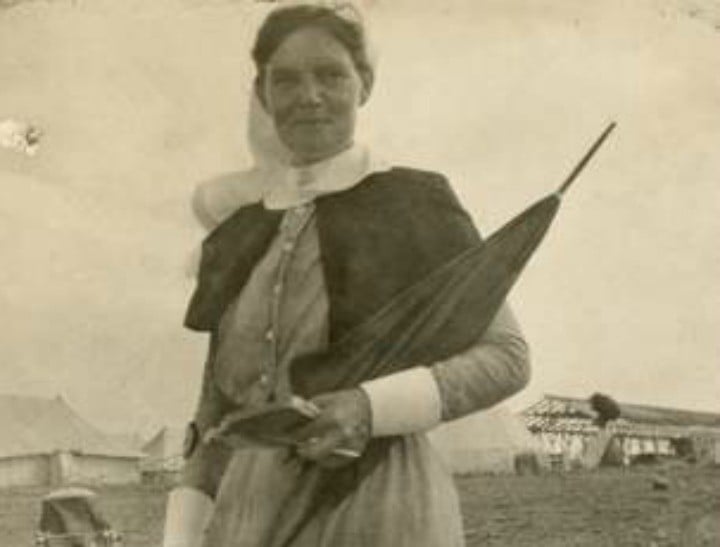

Top Comments
Yeah, I noticed none of these women made the ultimate sacrifice, lest we forget. How about we acknowledge the DuPont family and the other industrialists who made a mighty contribution to the war effort whilst not actually putting themselves in harms way? Or maybe the women who, not having to fight themselves or be subjected to conscription, helped by handing men they saw back home yellow feathers and calling them cowards? That includes dozens of instances of soldiers on medical leave in civilian clothes recovering from battle wounds.
Don't be so churlish Les. Many of the Australian Army nurses served in field hospitals on the front line and endured shelling from the enemy, whilst physically protecting wounded soldiers. Some nurses were drowned when the navy ships on which they were travelling were sunk. Some died from the influenza and dysentry. And whilst the above is not about WorldWar Two nurses, don't forget the massacre on Radji Beach of 22 Australian Army Nurses who chose to stay with wounded British soldiers (therefore sealing their fate) instead of seeking relative safety at the local village and the other nurses who drowned at sea when the ship they were on was bombed by the Japanese. Also, the festhers were white, I know, because my grandmother used to hand them out.
The reason we're not seeing those articles is because most people aren't as bitter and mean-spirited as you, champ.
What a brilliant bunch of women. It would be nice to read about other women like this all year round, rather than more inane reality tv gossip.